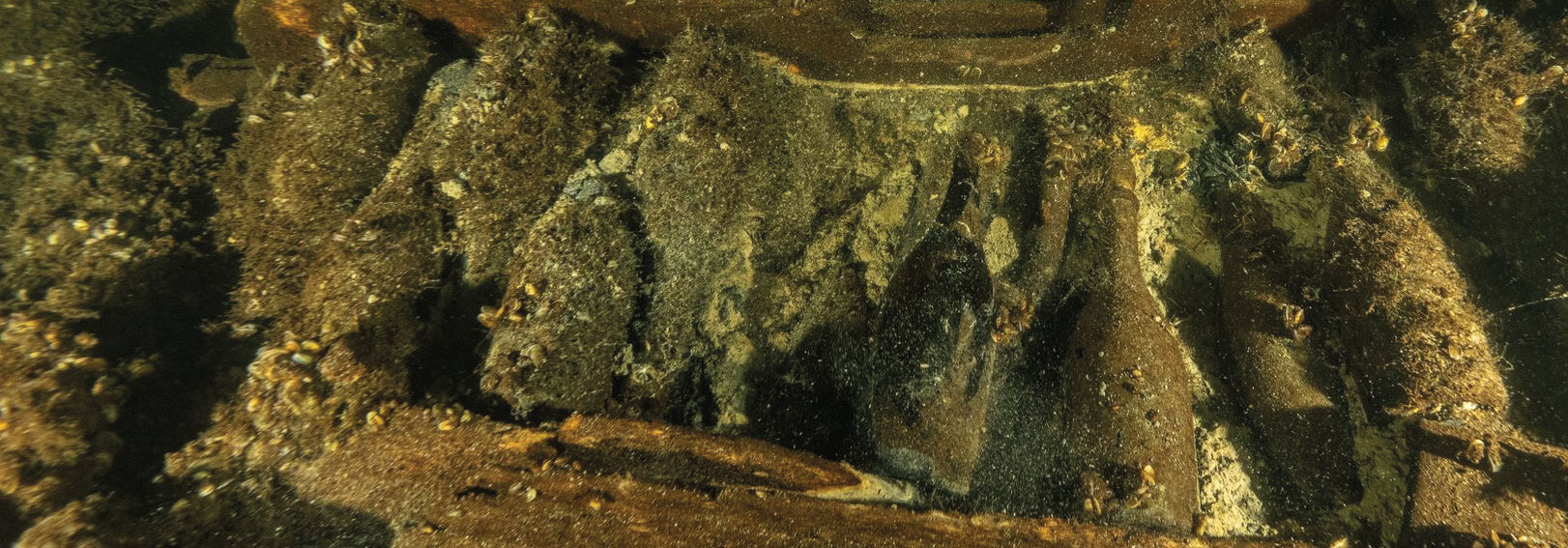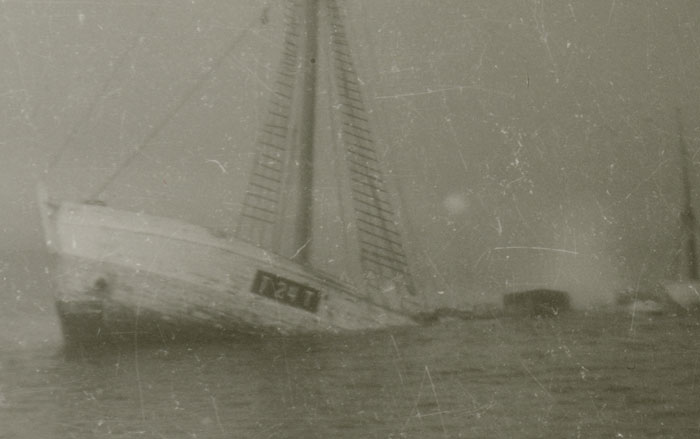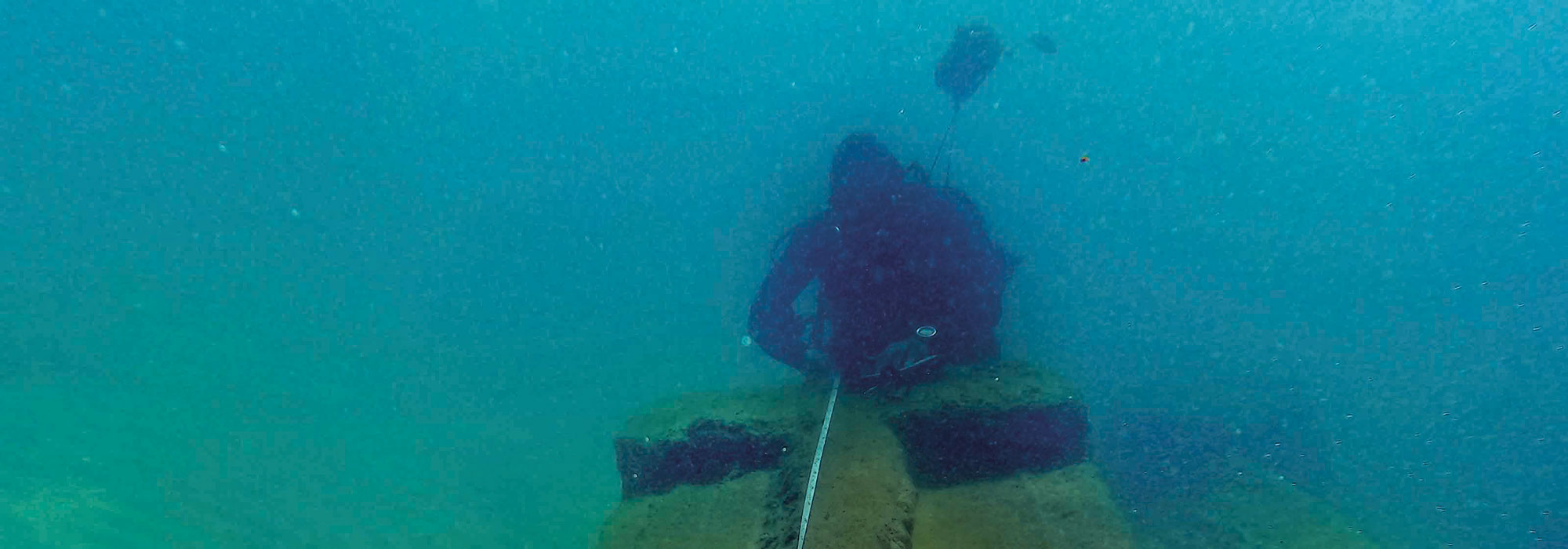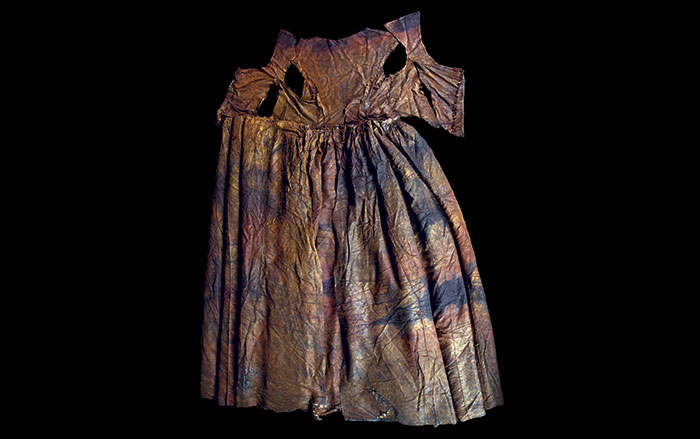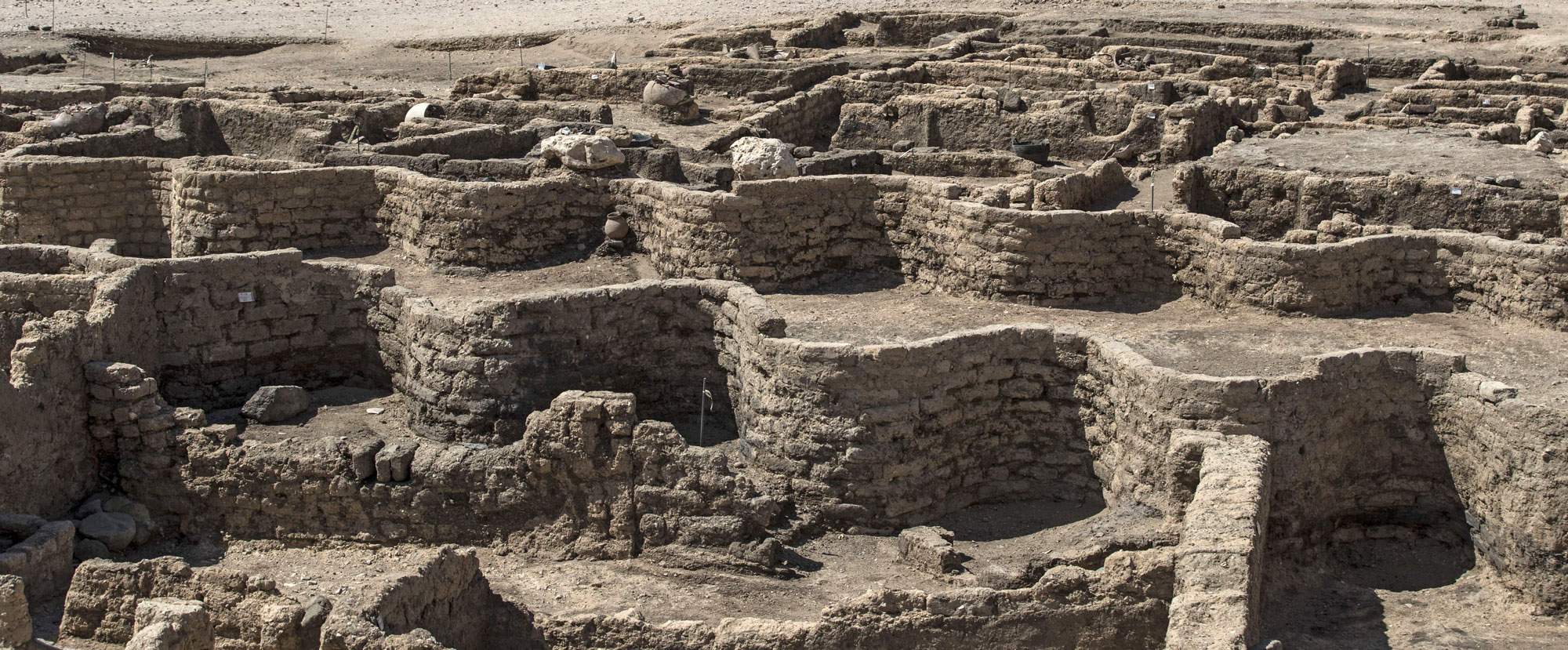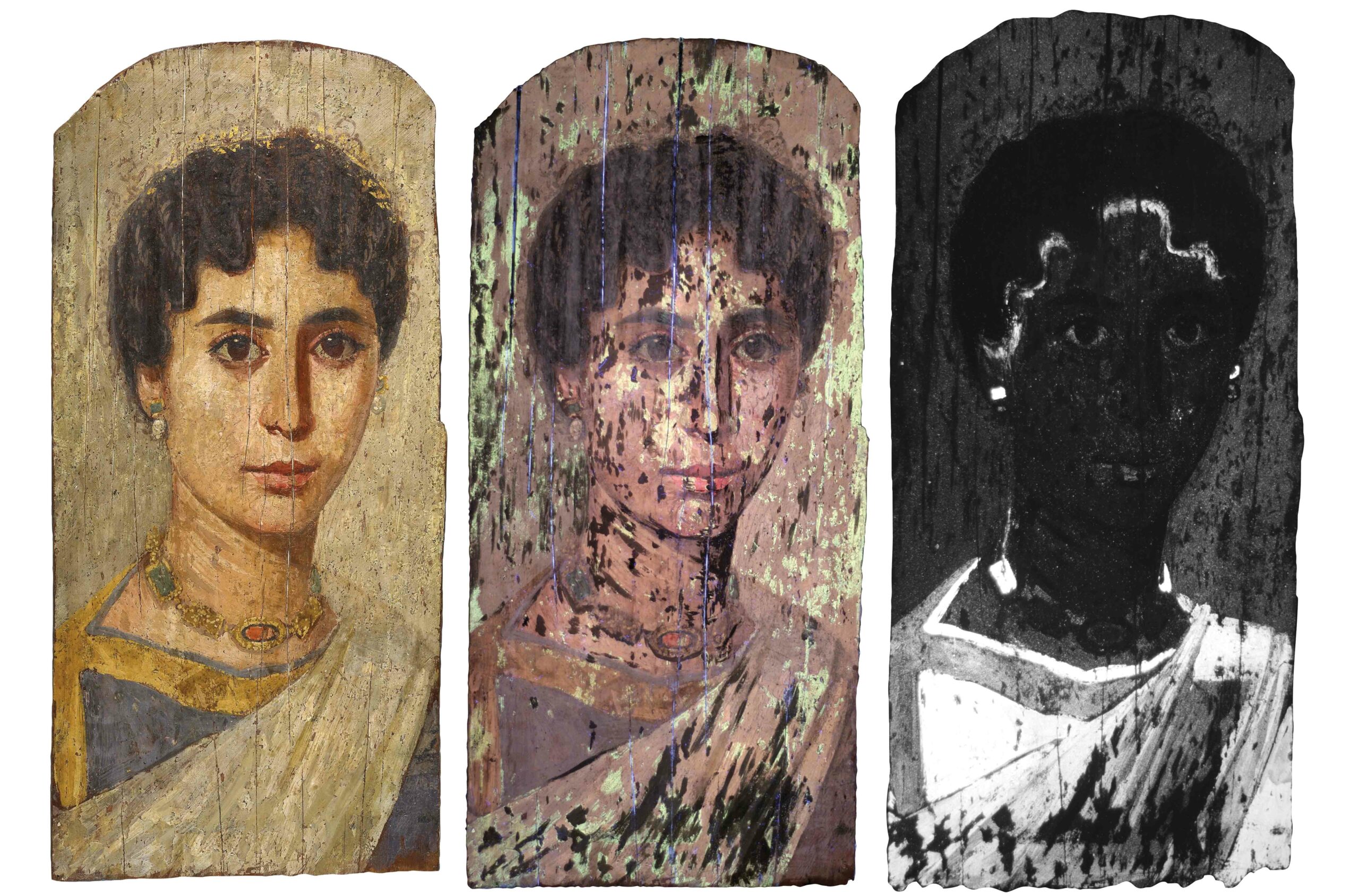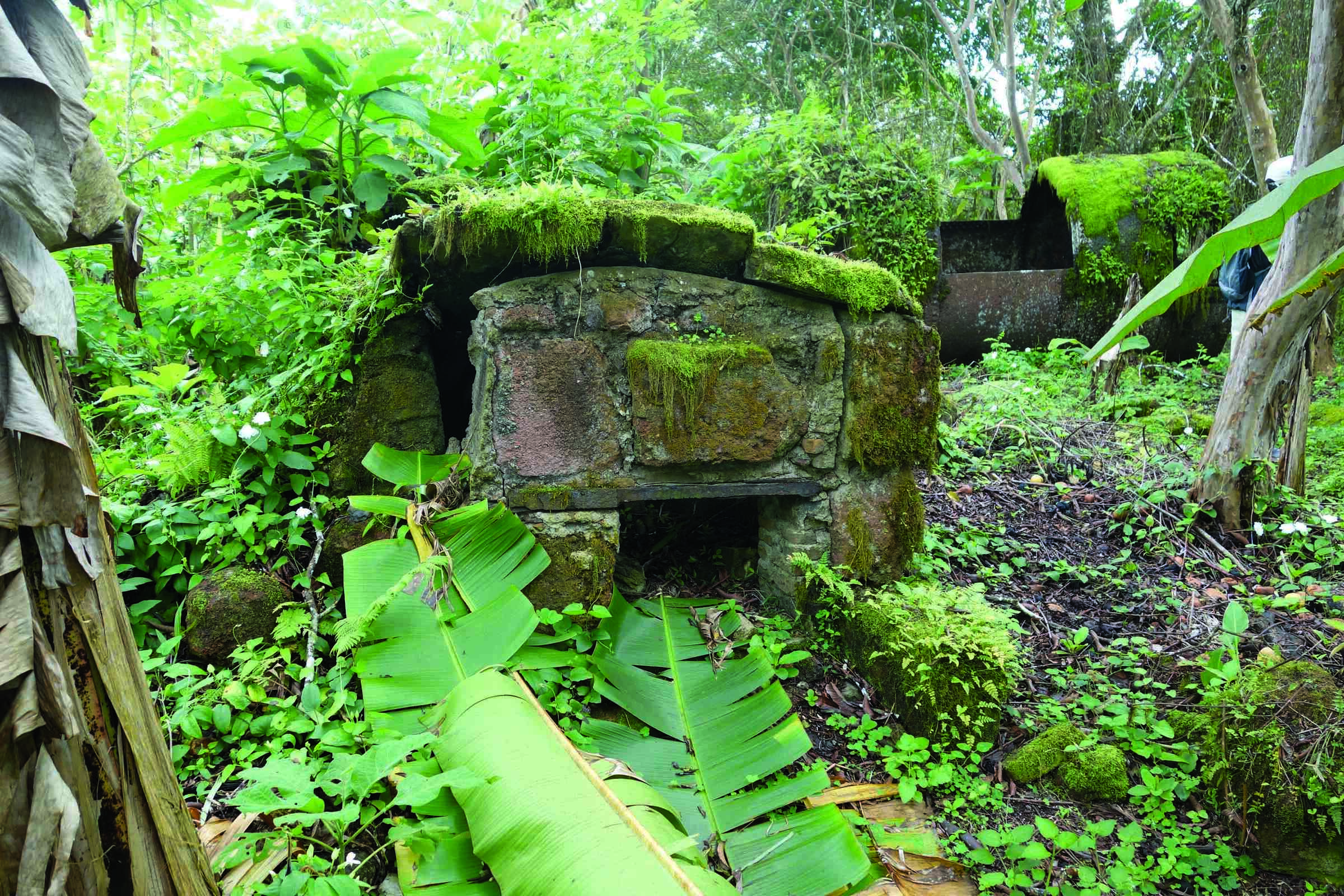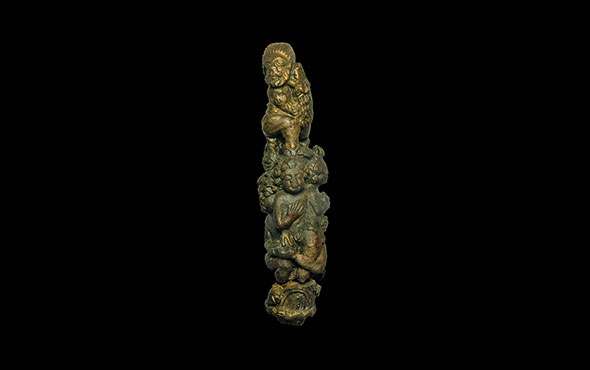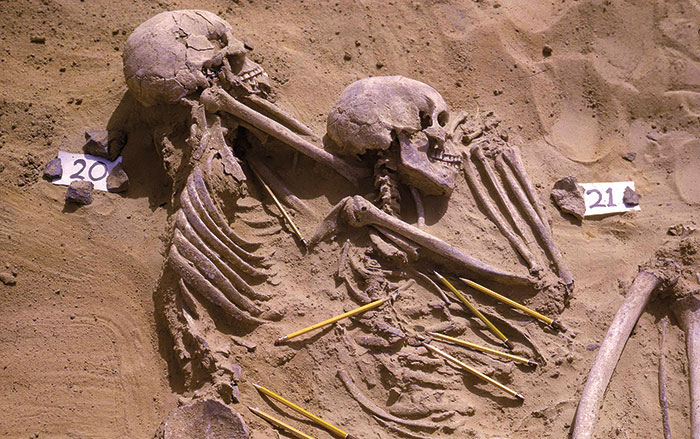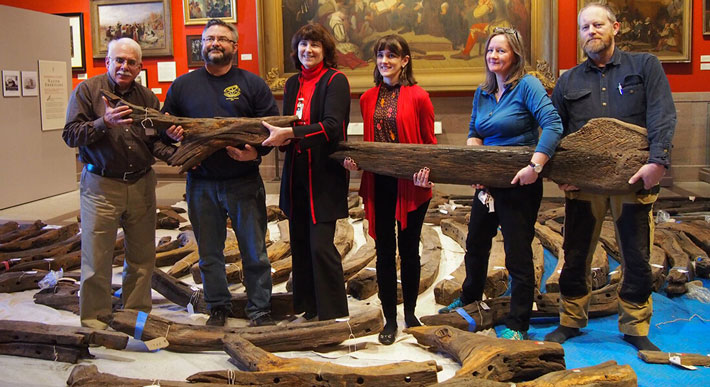
PLYMOUTH, MASSACHUSETTS—According to an Associated Press report, maritime archaeologist Calvin Mires of the Woods Hole Oceanographic Institution, Aiofe Daly of the University of Copenhagen, and Fred Hocker of the Vasa Museum have examined timbers recovered near Plymouth some 150 years ago and analyzed them with radiocarbon dating and dendrochronology. The study suggests the oak and elm trees used to build the vessel were felled in southern England between 1556 and 1646. The timbers therefore may belong to a 40-foot ship that was headed for Jamestown, Virginia, when it was driven ashore by a storm in 1626. An account written by William Bradford, governor of the Plymouth Colony, indicates that the ship’s passengers, including English merchants and their Irish indentured servants, were rescued by local Nauset people and were taken in by the colonists. Bradford noted that the vessel had been at sea for six weeks, had run out of water and beer, and the captain was sick with scurvy. The passengers eventually traveled to Virginia on other boats to farm tobacco. The vessel, dubbed the Sparrow-Hawk, reappeared during a storm in 1863, and was presumed to be the ship described by Bradford, based upon its location. The timbers were acquired by the museum in 1889. To read more about the Puritans of the Massachusetts Bay Colony, go to "The Pursuit of Wellness: Appearance."


